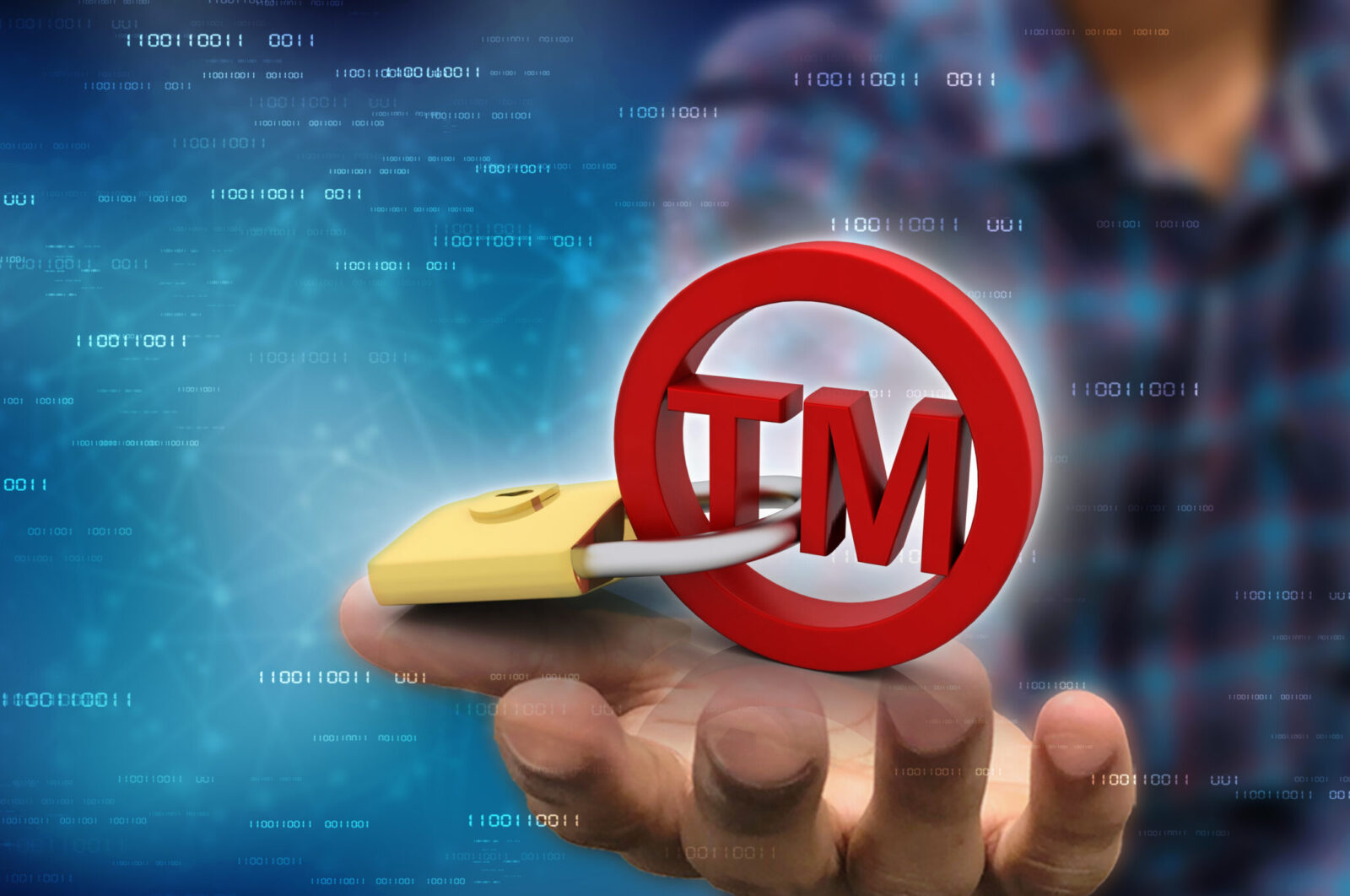



The Supreme Court confirms that post-sale confusion is relevant to determining trade mark infringement.
The Supreme Court has clarified the question of whether or not post-sale confusion, where consumers may be confused after a product has been purchased and is seen in public (i.e. not at the point of sale), can be a basis for establishing trade mark infringement.
Background
Iconix are the owners of well-known sportswear brand Umbro. They hold registered trade mark registrations for the following logos (the “Umbro trade marks”) that have been used on football boots since 1987:
![]()
![]()
Since 2018, Dream Pairs Europe Inc and Top Glory Trading Group Inc (together “Dream Pairs”) have also sold footwear under the DP Sign:![]()
Iconix brought a trade mark infringement action against Dream Pairs alleging that use of the DP Sign on footwear infringed the Umbro trade marks. Notably, Iconix presented several key arguments regarding post-sale use and its implications for establishing trade mark infringement, which included arguments to the effect that the DP Sign would feature on muddy football boots being worn by a person and viewed from above. They contended that there was confusion occurring after the point of sale, when consumers encounter the product in use.
The High Court disagreed, holding that the Umbro trade marks were, at most, similar to a very low degree to the DP Sign and no likelihood of confusion existed. This applied in the pre-sale and post-sale context, irrespective of whether the DP Sign was viewed square-on.
The Court of Appeal’s finding
Iconix appealed to the Court of Appeal, focusing its case on its earlier registration for ![]() (the “Umbro trade mark”) and its likelihood of confusion claim. The Court reversed the earlier decision, determining that there was a moderately high level of similarity between the DP Sign and Umbro trade mark and a likelihood of confusion, especially in the post-sale context. The Court held that the High Court had erred in a number of its findings, including its assessment of a low degree of similarity between the Umbro trade mark and the DP Sign, and the significant weight placed on a side-by-side mark/sign comparison during the post-sale confusion analysis. The Court considered that this permitted it to reconsider the multi-factorial infringement assessment.
(the “Umbro trade mark”) and its likelihood of confusion claim. The Court reversed the earlier decision, determining that there was a moderately high level of similarity between the DP Sign and Umbro trade mark and a likelihood of confusion, especially in the post-sale context. The Court held that the High Court had erred in a number of its findings, including its assessment of a low degree of similarity between the Umbro trade mark and the DP Sign, and the significant weight placed on a side-by-side mark/sign comparison during the post-sale confusion analysis. The Court considered that this permitted it to reconsider the multi-factorial infringement assessment.
Dream Pairs appealed to the Supreme Court.
The Supreme Court’s decision
The Supreme Court unanimously allowed the appeal, restoring the trial judge’s original findings that Dream Pairs did not infringe the Umbro trade mark.
In doing so, however, the Court rejected Dream Pairs’ arguments that the similarity analysis should be confined to one viewpoint (here being a side-by-side comparison) and that likelihood of confusion should be assessed at the point of a subsequent sale or transactional context. It confirmed that realistic and representative post-sale circumstances may be relevant for assessing similarity, as they reflected how consumers perceive brands in the real-world, and also when considering if there is confusion. Such use also could jeopardise the essential function of a trade mark, including as a guarantee of origin. Of note, the Court also clarified that confusion can be found even without confusion at the point of sale.
The Court also cautioned against unnecessary appellate intervention. When considering whether the Court of Appeal had been entitled to “re-make” the decision, the Supreme Court disapproved: whether or not they agreed with the assessment, the trial judge had not erred in that assessment nor were there any errors of law or principle. The Court of Appeal had no right to substitute its own view on the multi-factorial infringement assessment.
Comments
Whilst there was no finding of infringement in this particular case, the acknowledgment of post-sale confusion as a valid basis for establishing trade mark infringement is positive for brand owners, potentially increasing the scope for enforcement by looking beyond the point of sale. Iconix may not have been successful in its claim, but this acknowledgment of real-world reality must be welcomed.
That said, this development may also present some challenges when it comes to brand clearance, where marks are necessarily considered side-by-side. In this context, ‘in use’ risks may need to be more cognisant of real-world use.
The case is also another reminder of the constraints of the appeal process. Where there is a multi-factorial assessment, the appellate courts cannot substitute their own views unless there is a clear error.
How can we help?
If you wish to discuss any of the matters raised in this article, please do get in touch with Emily Roberts or Bethany Wheeler-Fowler.
Subscribe to our Concept newsletter and receive the latest intellectual property legal updates, news and event invitations direct to your inbox.
Read the judgment







/Passle/5d9604688cb6230bac62c2d0/SearchServiceImages/2025-04-11-12-01-15-844-67f9048b5b0bb6ebfc0870e8.jpg)
/Passle/5d9604688cb6230bac62c2d0/SearchServiceImages/2025-04-01-10-58-43-642-67ebc6e3ec65d6ab8cf9d3aa.jpg)